Anyone visiting the Yukon will obviously want to spend time in the Territory’s gateway city, Whitehorse. And there are plenty of things to see and do there, whether you want to shop for gold or tour an historic paddlewheeler. But there are also some interesting destinations and fun adventures waiting for you outside the city that show off the uniqueness of this beautiful Territory: here are 4 must-do day trips from Whitehorse that will show you glaciers, jewel-coloured lakes, deserts and more.
1. Go Flight-Seeing Over Glaciers at Kluane National Park
There’s no better way to gain an appreciation for the vastness and beauty of the Yukon than from the air. Most people get a taste of this when flying into Whitehorse which offers impressive views of turquoise-coloured rivers that will have you saying ‘Wow’ before you even land.
But if you want to really see the pristine interior of the Territory up close, consider taking a small plane into Kluane National Park and Reserve to see towering peaks and glaciers in one of the world’s largest non-polar ice fields. Here, regardless of the time of year you visit, there are always snow-capped mountains to see, including Canada’s highest peak, Mount Logan. And if conditions are right, you might even get to land on a glacier!
Our flight began with a 2 1/2-hour drive past Haines Junction to the shores of Kluane Lake, the Yukon’s largest lake that sits on the eastern border of the Park. We checked in with Icefield Discovery Tours where we were weighed in, too (flying in a 4-seater plane is NO time to lie about your weight!), and we met Mike who was to be our pilot for the sightseeing flight.
After taking off beside Kluane lake, we began our trip by flying up Slims Valley where the Kaskawulsh Glacier used to extend into Kluane lake until just a few years ago. Global warming had caused the glacier to recede to the point where it no longer ‘flows’ in the direction of Kluane Lake, only towards the Alsek Valley, so the former glacier terminus in Slims Valley near the lake is now just a silty delta.
Flying west into the valley, we had great views of the Saint Elias mountains and their high plateaus which were still covered in late-summer green.
We caught up to the Kaskawulsh glacier a little farther in, and the views of this ice mass and it’s ‘roads’ of surface rocks and debris was truly impressive. (Sadly the ice surface was too soft to allow us to land on the glacier, but the views from above more than made up for that slight disappointment.)
A little deeper in and the ‘dirty’ glacier gave way to misty, snow-covered valleys and dramatic peaks that rose around us where breezes blew drifts of snow off the ridges. The view of the pristine mountain tops was absolutely breathtaking.
Even without a glacier landing, our round-trip flightseeing adventure exceeded our expectations, and the 60 minutes we were in the air had literally flown by. In fact, no sooner had we touched down than we were wishing we were back in the skies.
Check out this video and you’ll see why:
TIP: There can be a bit of air turbulence as you fly between peaks, so if you are particularly susceptible to motion sickness, this flight may not be for you. (although one of our fellow passengers was willing to suffer feeling nauseated for these once-in-a-lifetime views!)
2. Visit Carcross Desert, One of the World’s Tiniest Deserts
Carcross Desert is unusual enough that it actually is mentioned in one of my favourite resources for quirky attractions around the world: Atlas Obscura. That’s because it is one of the world’s tiniest “deserts” in a place where you wouldn’t expect it: Canada’s Yukon Territory.
The Carcross Desert was actually the bottom of a lake, formed when the Ice Age was ending and the glaciers’ melt water collected in the valleys to form lakes. (Geological evidence has shown that in the case of Carcross, the melt water was likely 120 meters deep around 10,000 years ago!)
Eventually the meltwater disappeared, but the fine sand and silt left by the glaciers on the bottom of the former lake was left behind. With the low slopes and hilly geography surrounding the former lake, conditions were ideal for the formation of dunes in the 1-mile contained basin. And those dunes are what give Carcross its desert appearance.
The dunes in the Carcross desert are still very dynamic today, shifting every year with the addition of sand blown here from the shores of nearby Bennett Lake.
TIP: If you are driving to Carcross from Whitehorse, allow time to pull over at Emerald Lake to take a photo of this jewel-toned lake. The lake gets its turquoise and green colours from sunlight reflecting off dissolved limestone silt on the bottom (called “marl”). You can’t miss the lake and once you see its stunning colour, you won’t believe your eyes.
3. Explore Photogenic Carcross, Yukon
Speaking of Bennett Lake, you’ll definitely want to continue past the Carcross desert to the small community that was once known as Caribou Crossing and is now called Carcross (an abbreviation using the beginning of both words.)
Situated right beside Bennett Lake, Carcross has been the site of indigenous activity for thousands of years, likely because herds of caribou used to cross here between Bennet and Tagish Lakes.
Later, once the gold rush began, Carcross became a popular stopping off place for prospectors en route to Dawson City. And when the White Pass Railway was constructed, Carcross became the juncture where the tracks that brought people to and from Whitehorse joined the tracks leading north along the shores of Bennett Lake to Skagway.
Today Carcross is known for its collection of art studios and small shops in the recently-build Carcross Commons. Here, visitors can admire beautiful totem poles, learn about the history of the area and shop for artwork and crafts. There’s also a visitor information centre, restaurant (the Bistro), Caribou Crossing Coffee and Bake Shop, and a carving shed where a local indigenous artist gives demonstrations.
Carcross is a great destination for photographers with its characteristic buildings and there are photo opportunities all around town. Not to mention the aquamarine colour of beautiful Bennett Lake and the impressive Montana Mountain on its opposite shore.
Definitely check out the General Store, too, and be sure to get your passport ‘stamped’ at the machine just outside.
And for the first time in many years, you will soon be able to have a drink inside the Caribou Hotel which is set to reopen in 2019/2020. The Caribou Hotel is one of the oldest buildings in the Yukon Territory, built in 1898 during the Klondike Gold Rush, and it’s rumoured to be one of the most haunted, too. Its decade-long renovation has become a labour of love for owners Anne Morgan and Jamie Toole, who are restoring the hotel to its former glory.
TIP: If you time your visit to Carcross just right, you’ll catch the arrival of the White Pass Train which brings sightseeing tourists from Skagway, Alaska.
4. Hop Aboard The White Pass & Yukon Train to Skagway
One of the best ways to see the route that early gold seekers took when they came to the Yukon is to take a sightseeing journey on the historic White Pass & Yukon Route Train.
A Day Trip + 1/2
The train typically leaves Skagway, Alaska (one of the departure points for prospectors) and travels to Carcross in the Yukon where Alaska passengers have a chance to explore the town before their return trip home.
However, you can take the route in reverse, and start by boarding the train in Carcross and travelling through Fraser, British Columbia to Skagway. The next day you return by bus to the Yukon (which is why if you book this excursion, this day trip becomes a day and a half trip.)
Your journey starts in Carcross, where after leaving town the train follows the shoreline of Lake Bennett, winding beside the lake’s blue-green waters and giving passengers amazing views of this glacier-fed lake and surrounding mountains.
Passengers can watch the landscape roll past from inside the historic train cars, or step out onto the platforms between the cars or at the back of the train if they want to take photos in the open air. There’s also a box lunch included if you get hungry.
Ninety minutes in, after crossing the provincial border into British Columbia, the train stops at the site where the historic town of Bennett once stood, today a ghost town with only a few buildings remaining.
One of those buildings is a small, well-maintained museum that is worth visiting because it tells the history of the gold rush and the role that the town played in this mad frenzy. At the height of the Klondike gold rush, Bennett was a welcome waypoint for travellers and prospectors who had survived their gruelling trek along the 33-mile long (53 km) Chilkoot Trail from Alaska.
After reaching Bennett, these hardy gold seekers (called ‘stampeders’) would continue by boat or raft on Lake Bennett down to Carcross, and on to Dawson City by river. The water route offered a comparatively easier way to travel since prospectors were required to bring a year’s supply of food and equipment with them if they wanted to be allowed into the Yukon. That amounted to 2000 pounds of goods that had to be hauled and cached in stages along the Chilkoot Trail where accidents, weather and theft made the task even more difficult.
The Chilkoot Trail was so important to the development of the Yukon that it has been designated a National Historic Site.
To get a small taste of their struggles, take a short hike up a piece of the Chilcoot Trail past the wooden Presbyterian Church, and check out the views of the Lake. You can say you’ve hiked a piece of the Chilkoot Trail, too, before hopping back on the train to continue on to Fraser, BC, and Skagway.
TIP: To do the combo train-bus return trip on the White Pass Train, check out their Carcross-Skagway excursion. Remember to bring your passport since you will be crossing the U.S./Canada border.
If you’d prefer not to go all the way to Skagway, you might be able to arrange a private return by car from Fraser, British Colombia, where the train stops before crossing the border. Contact a tour company like Who What Where Tours in Whitehorse.
Day Trips and Long Days
There’s a lot to see in the Yukon, whether you’re starting a long adventure to explore the Territory or just visiting Whitehorse for a few days. But regardless of your timeframe, these 4 day trips from Whitehorse are great additions to any itinerary, no matter how long or short.
And the good thing about travelling this far north (‘north of 60’ to the locals), is that in summer the days are really long, so you’ll have plenty of ‘day’ to see them!
Special thanks to Travel Yukon who sponsored Henk and I on our visit to the Yukon.

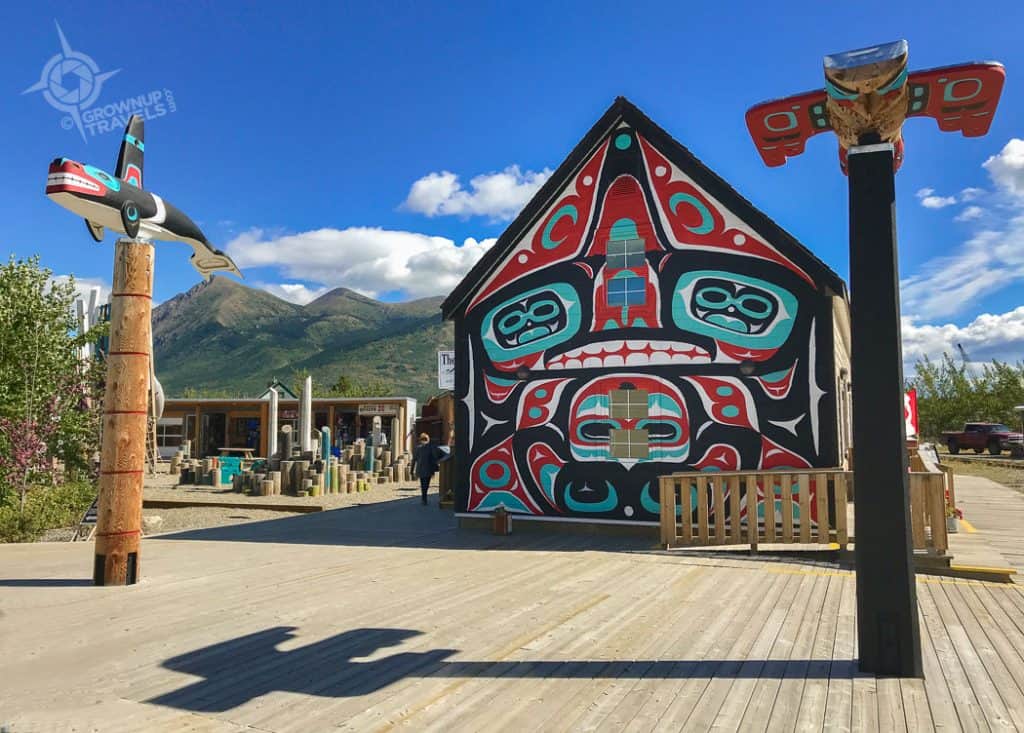
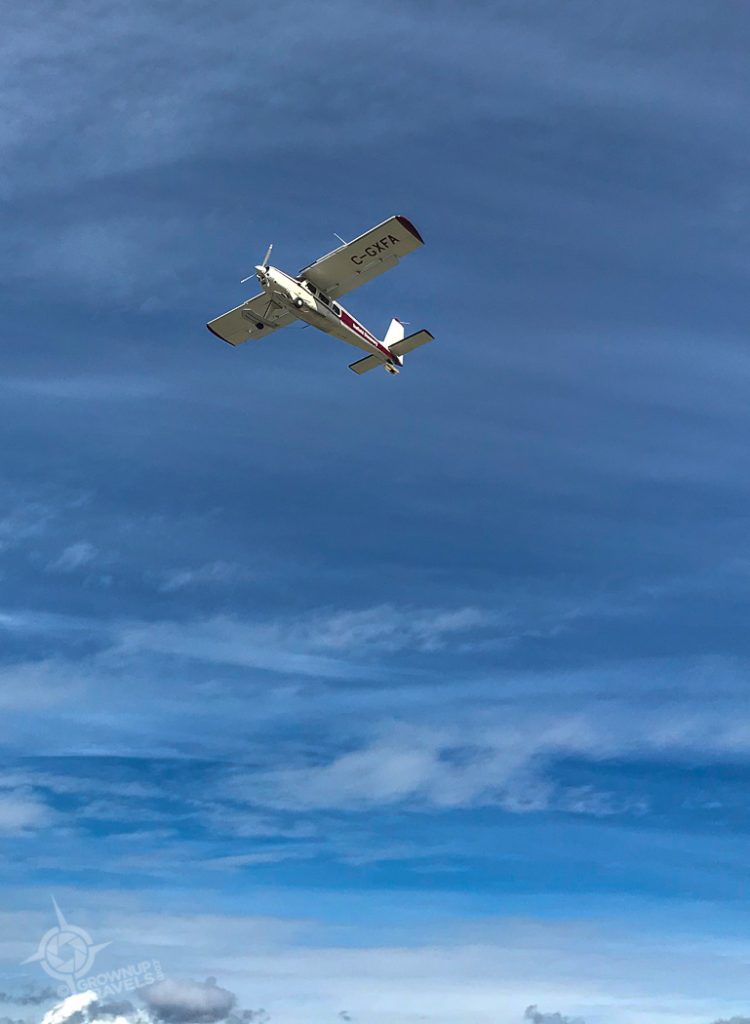
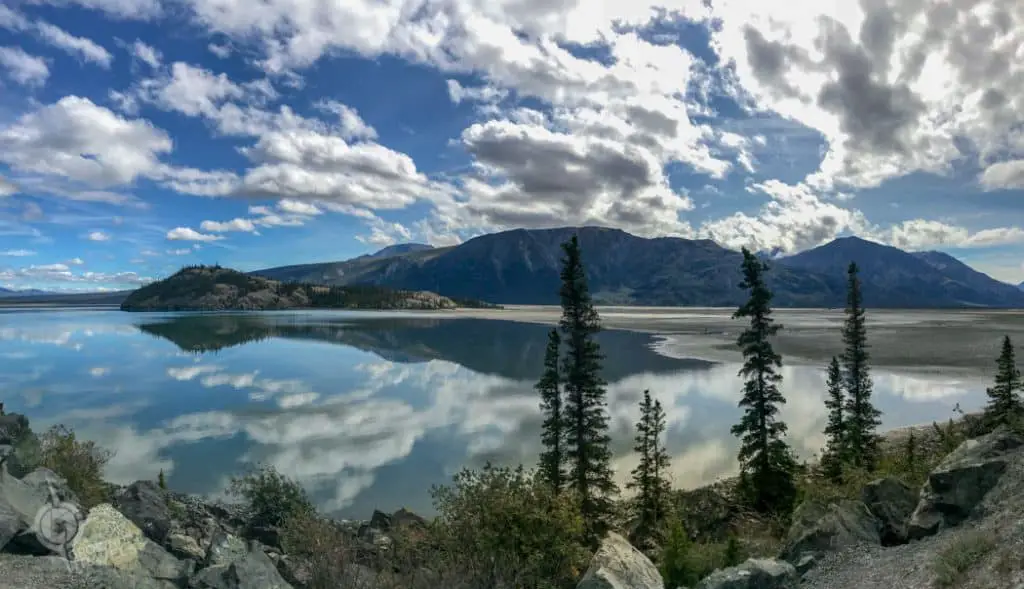
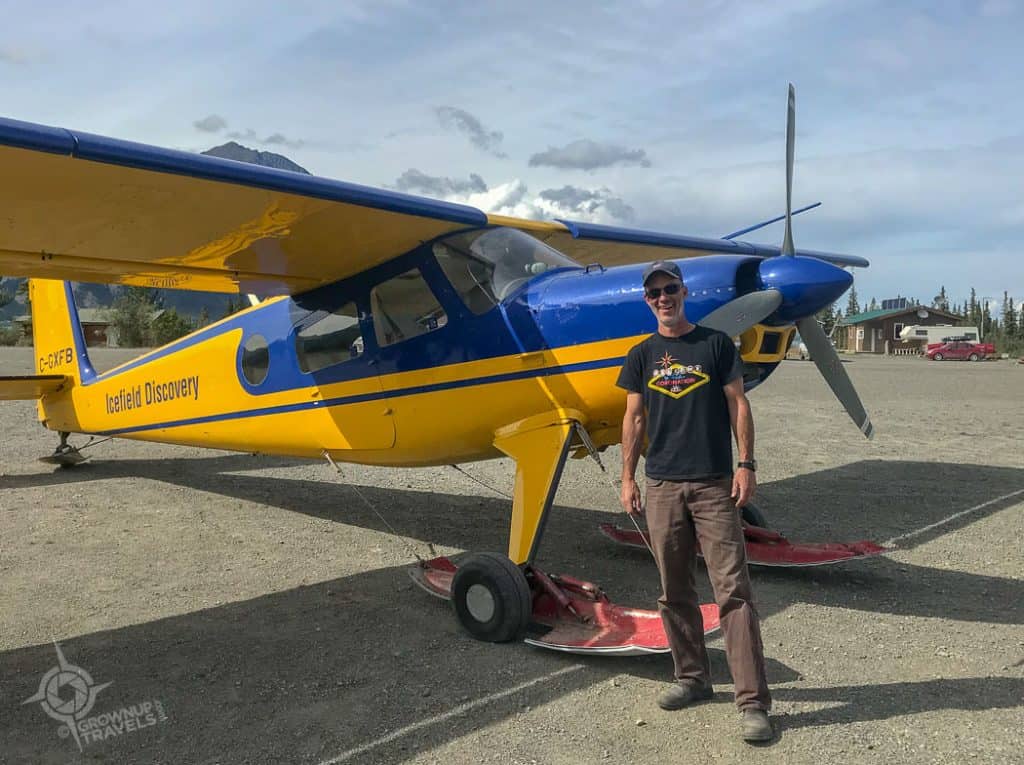
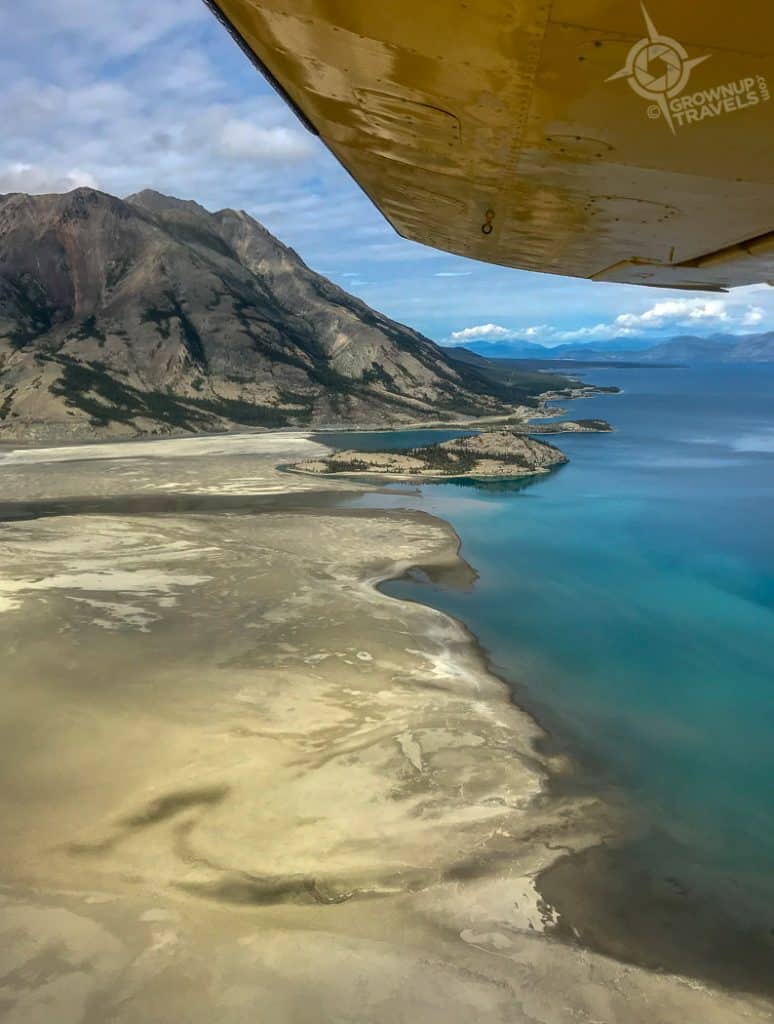
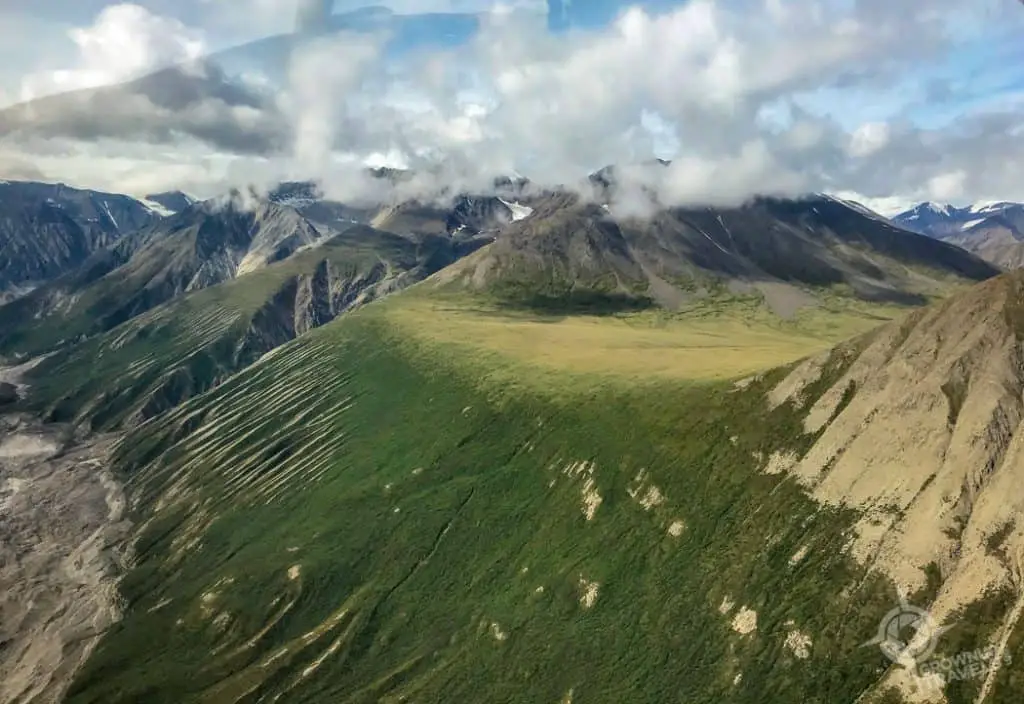
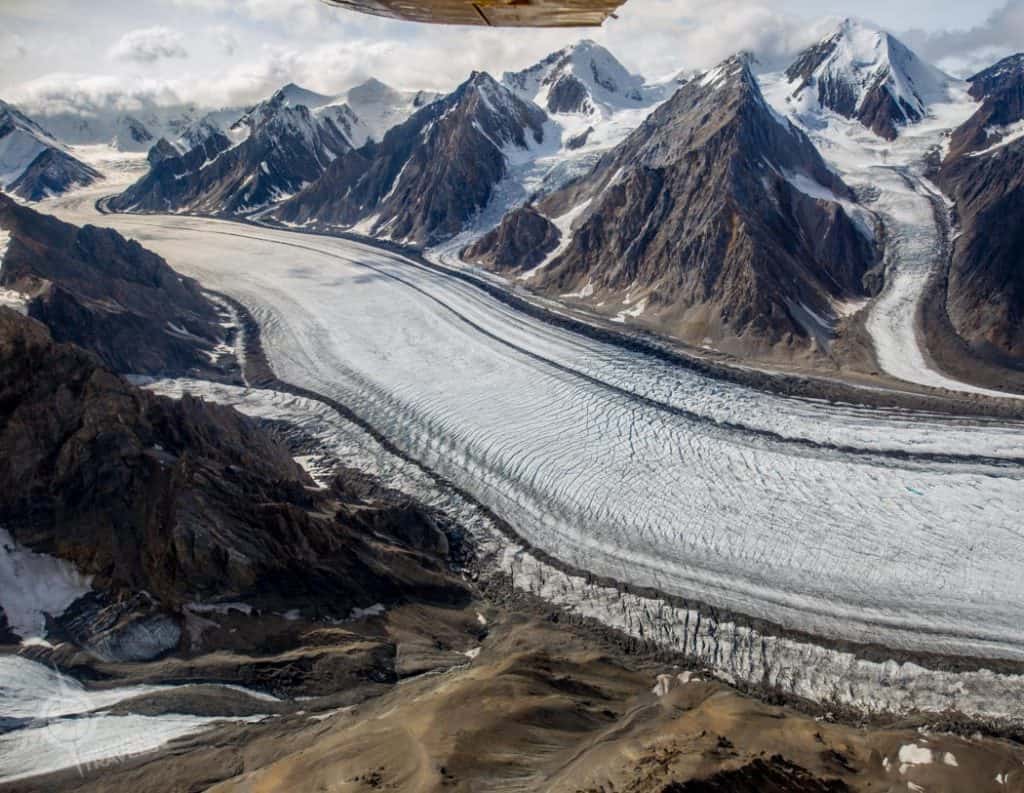
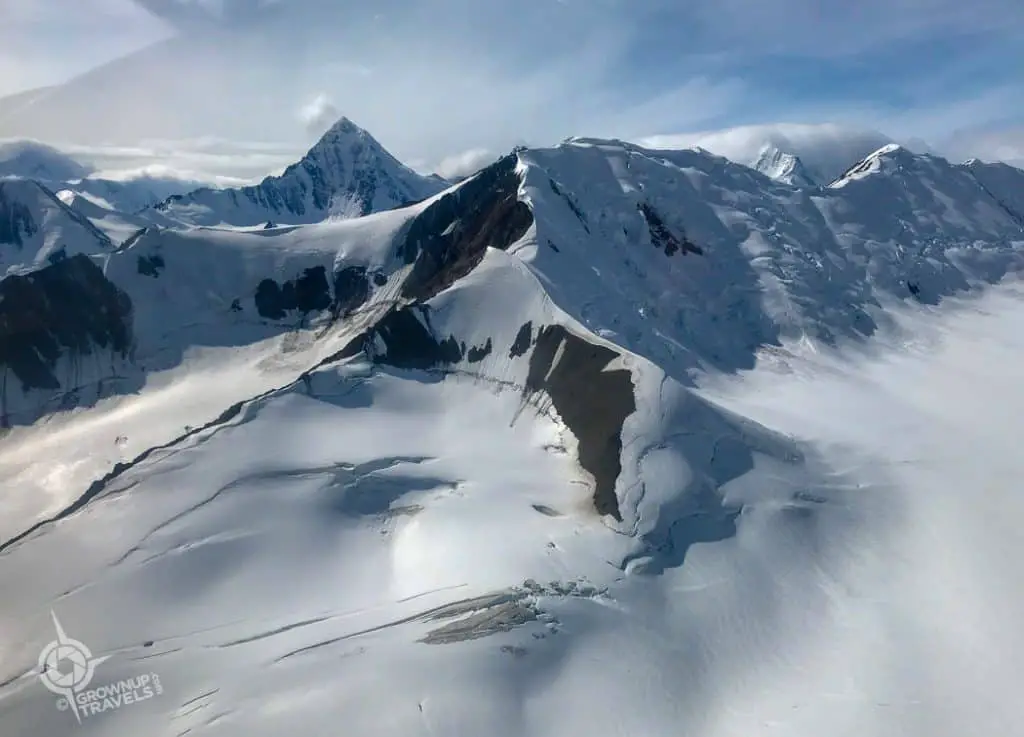
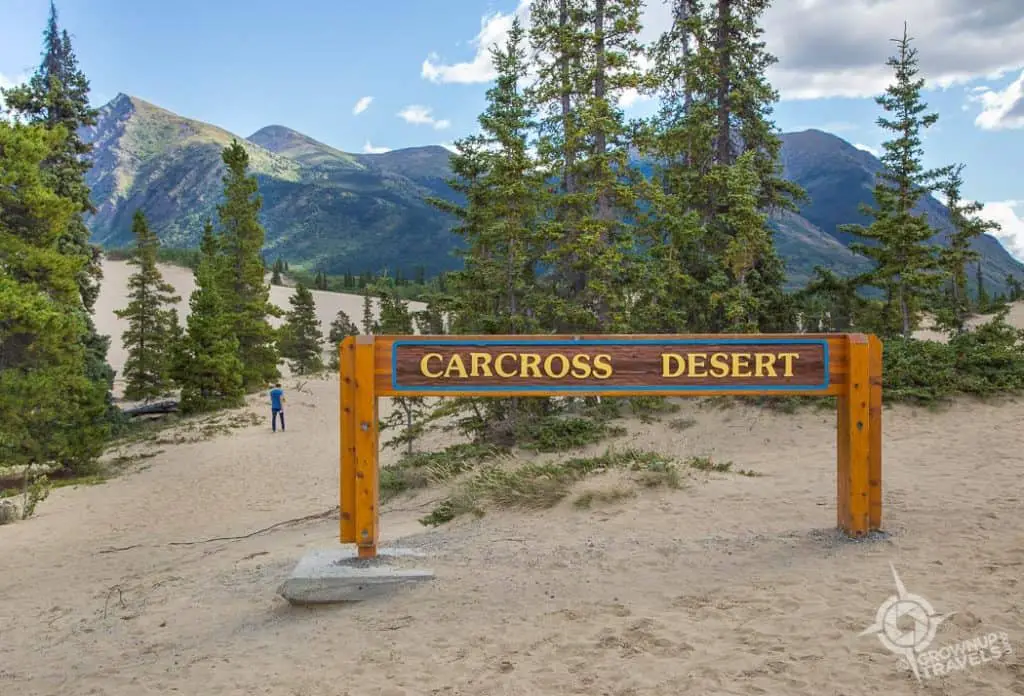
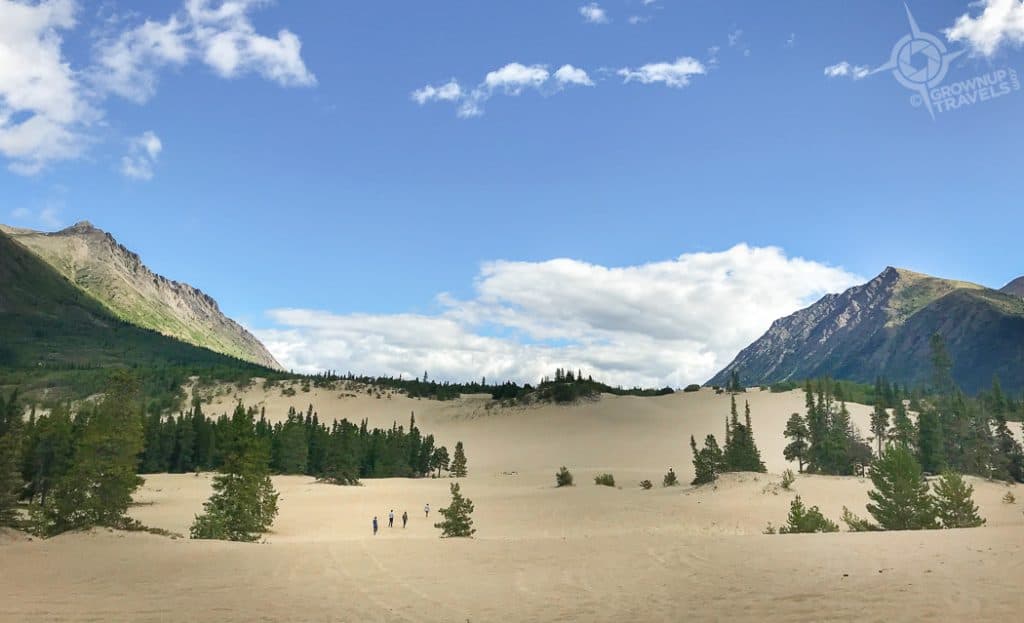
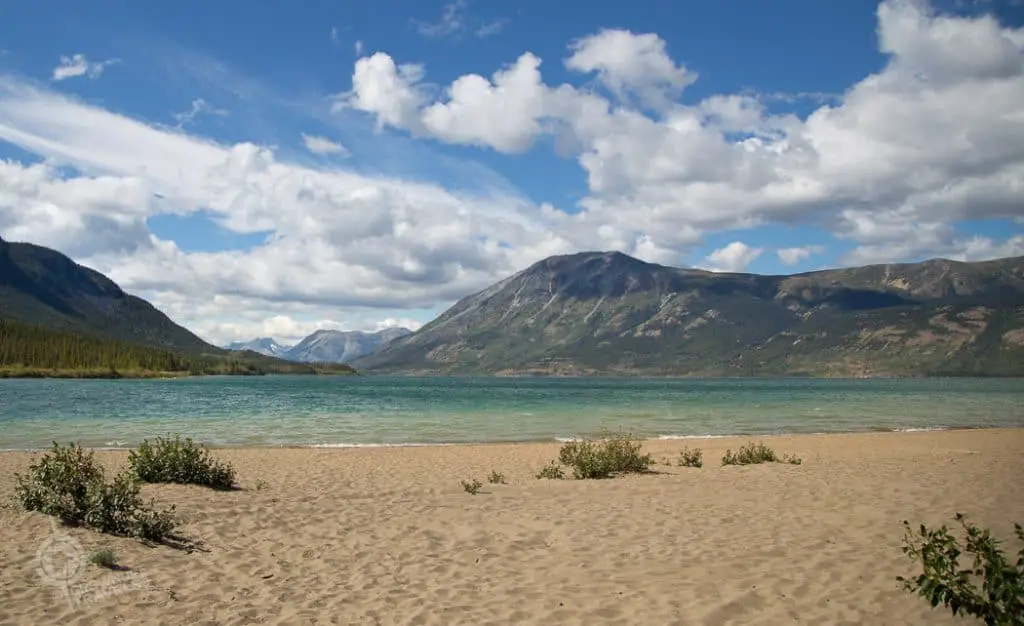
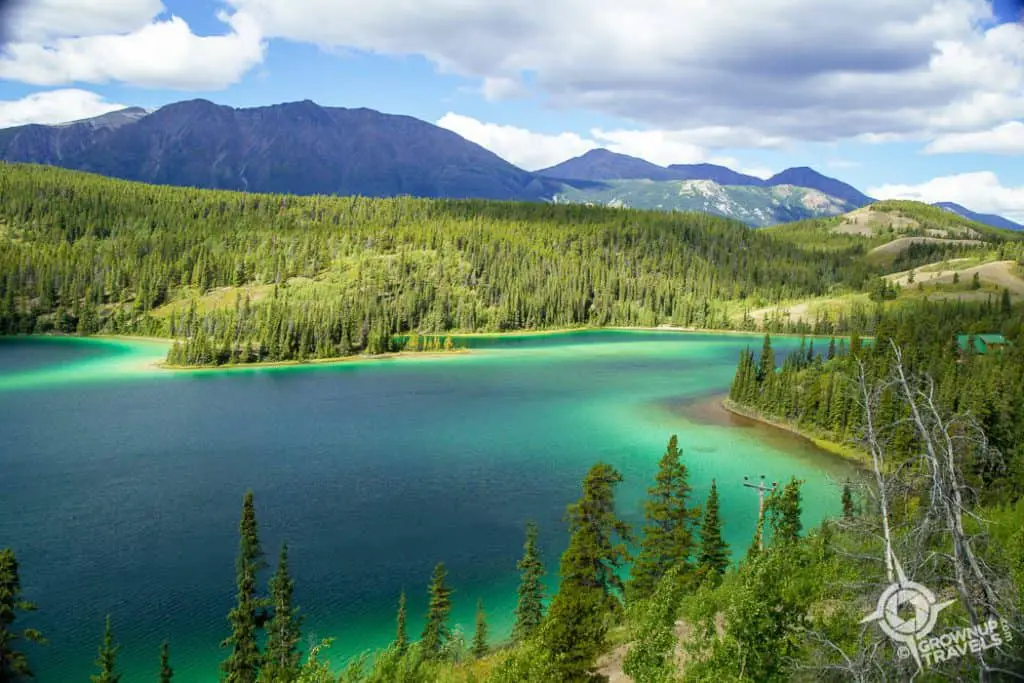
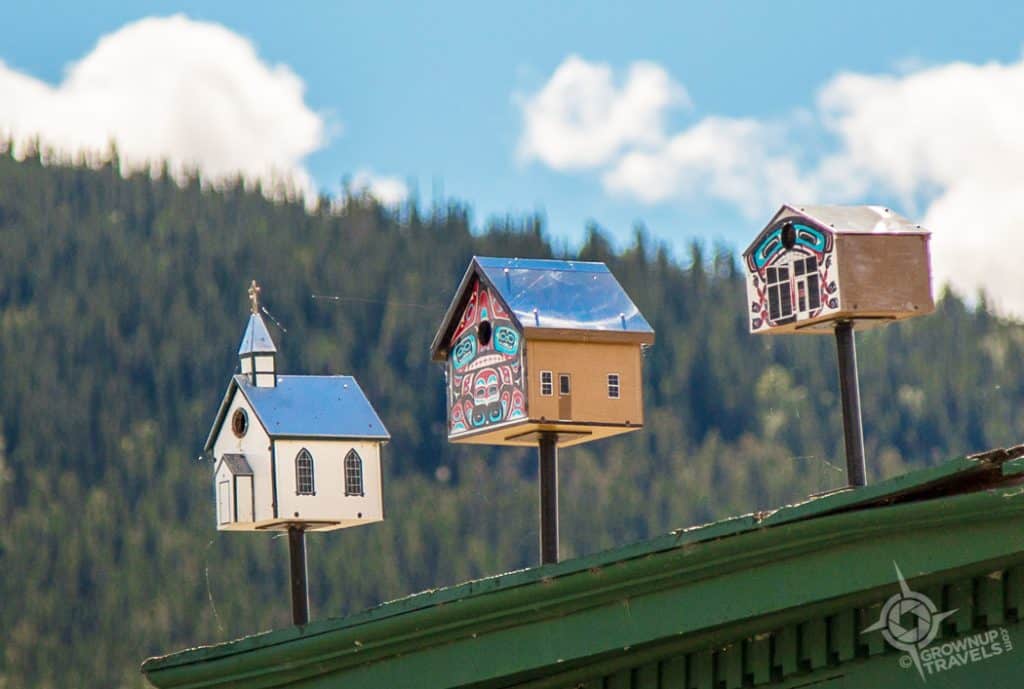
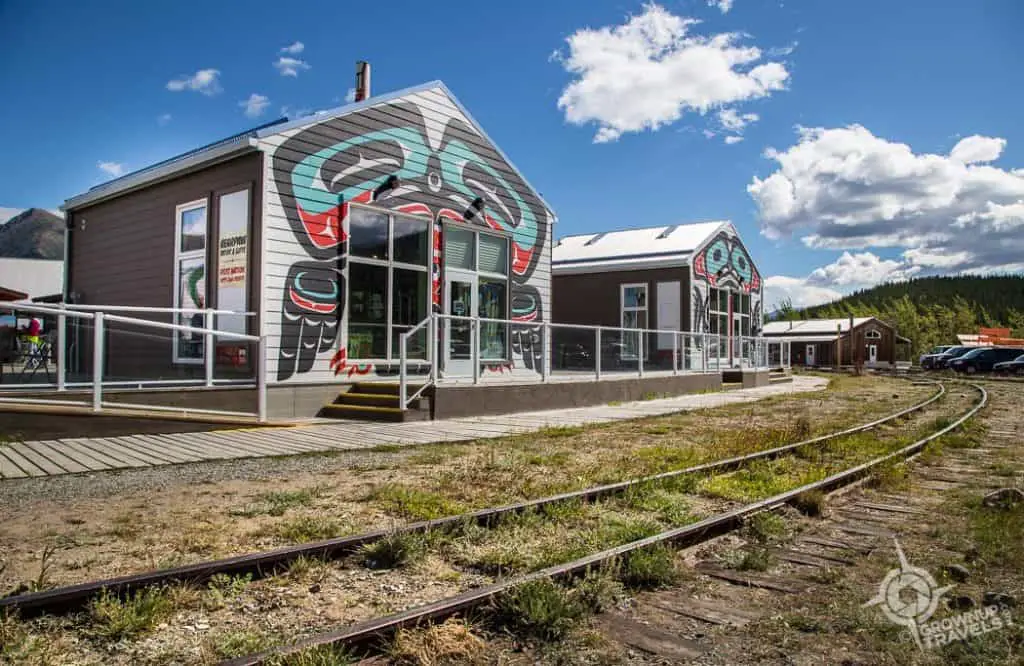
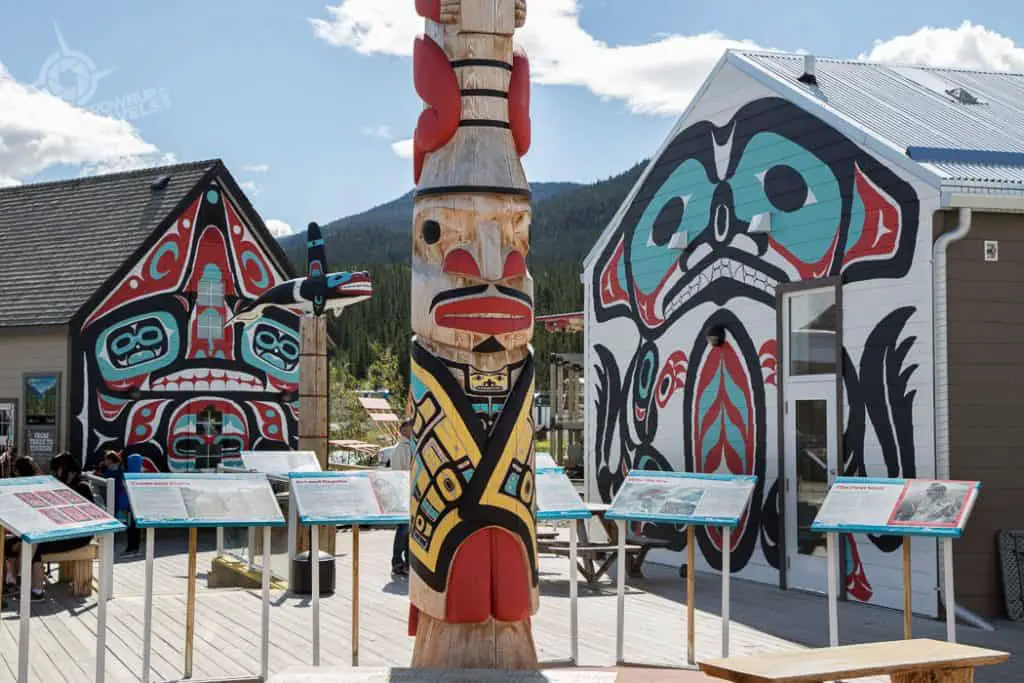
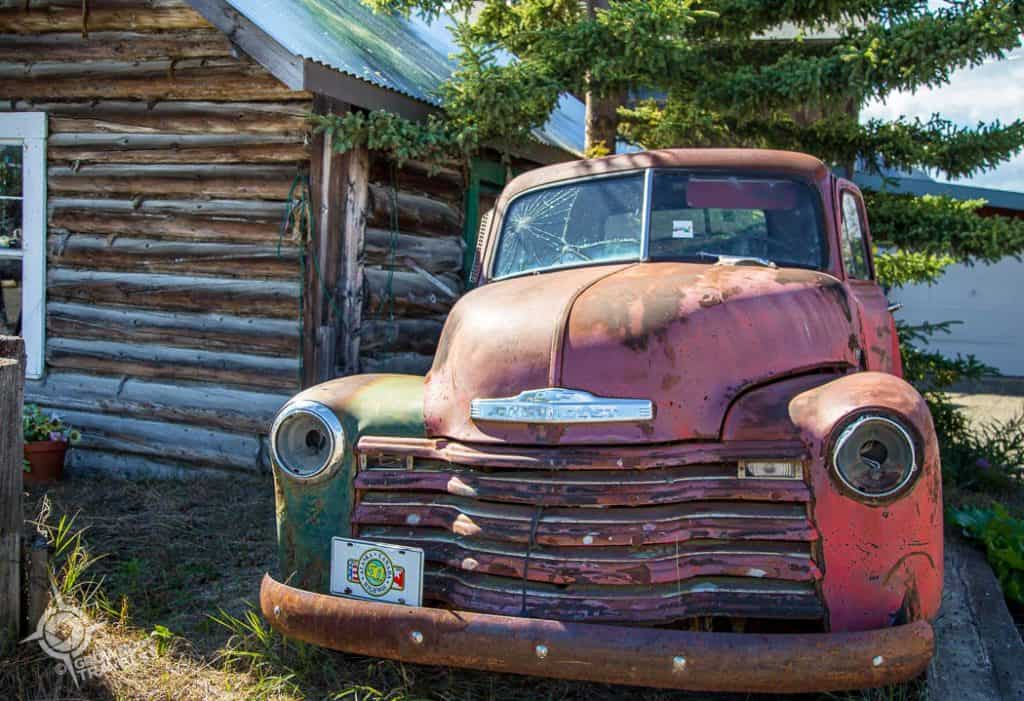
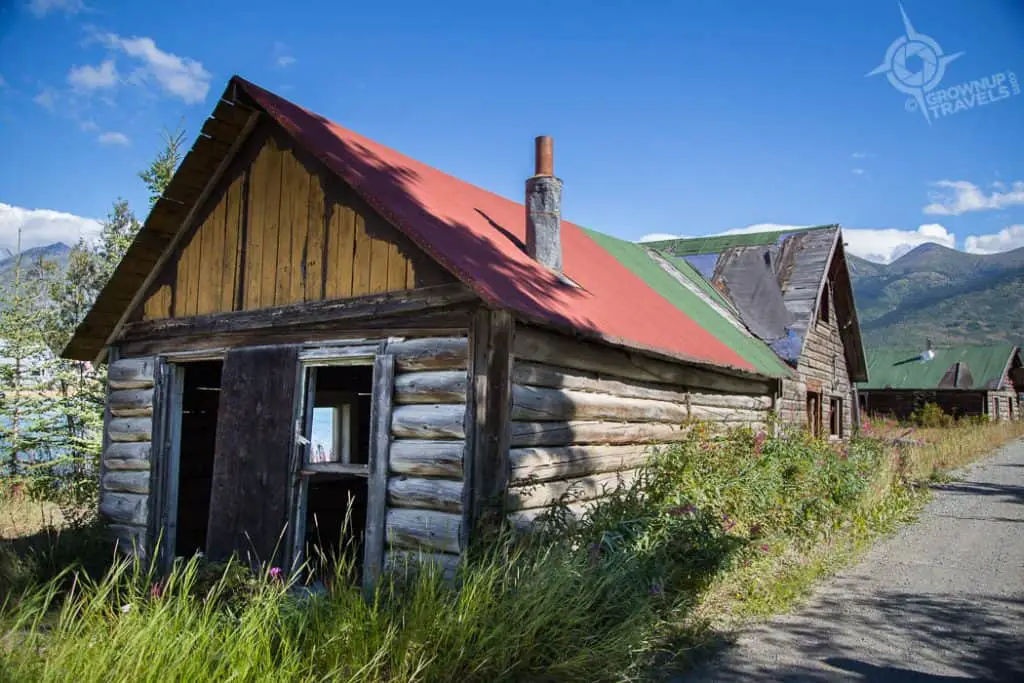
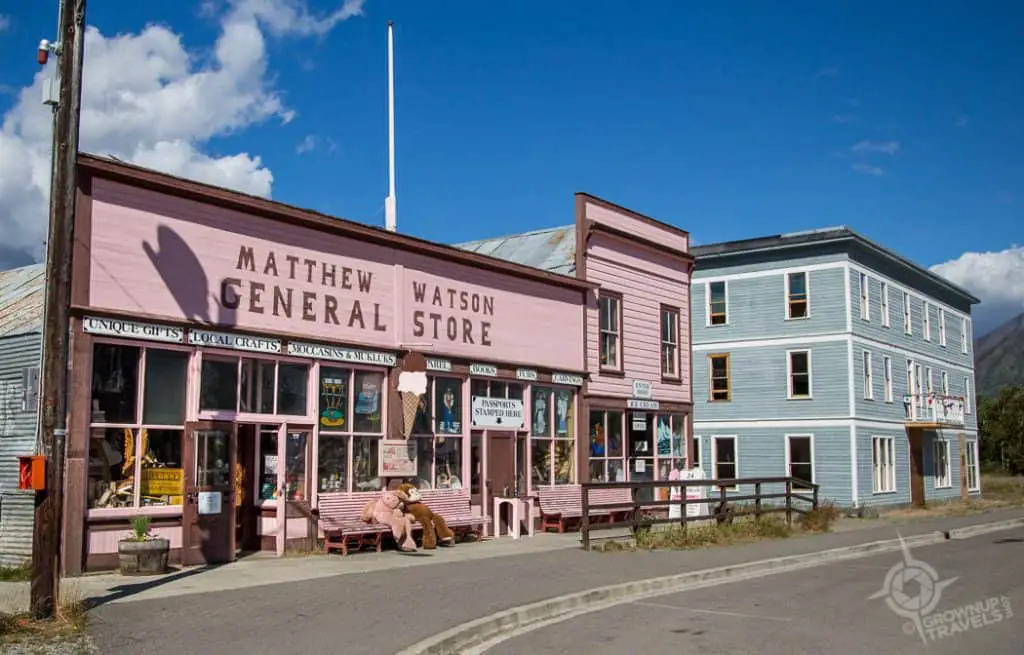
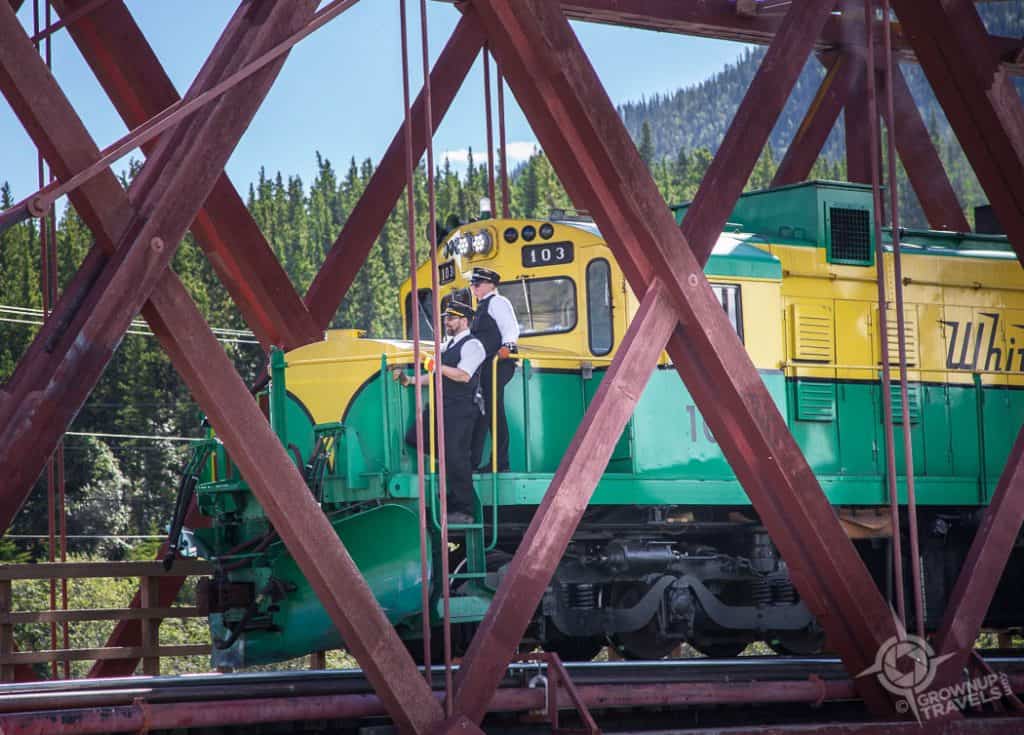
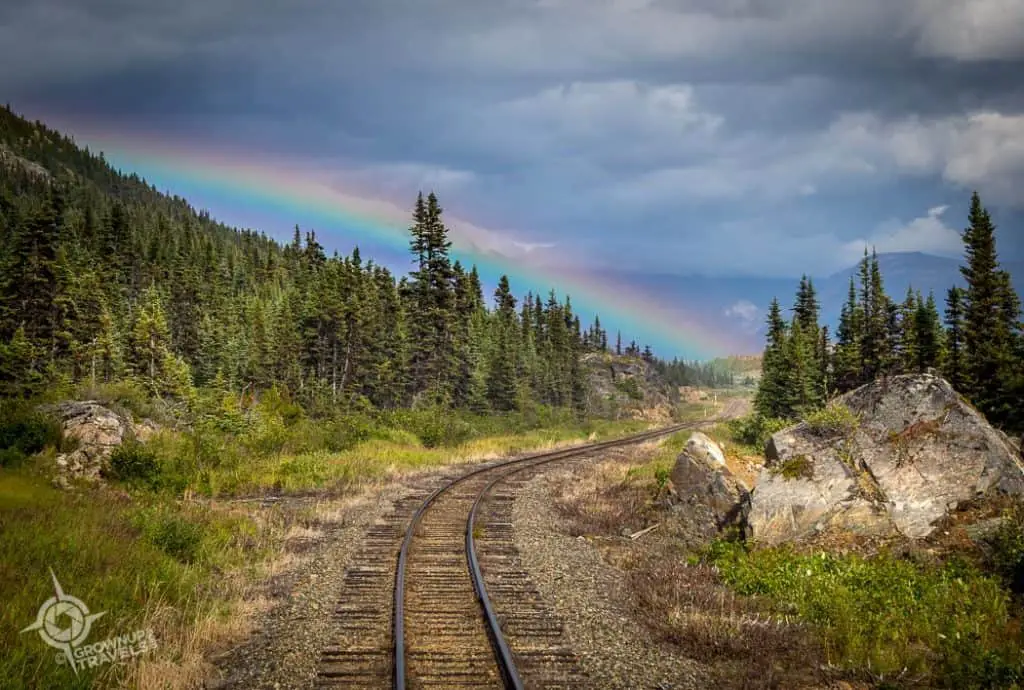
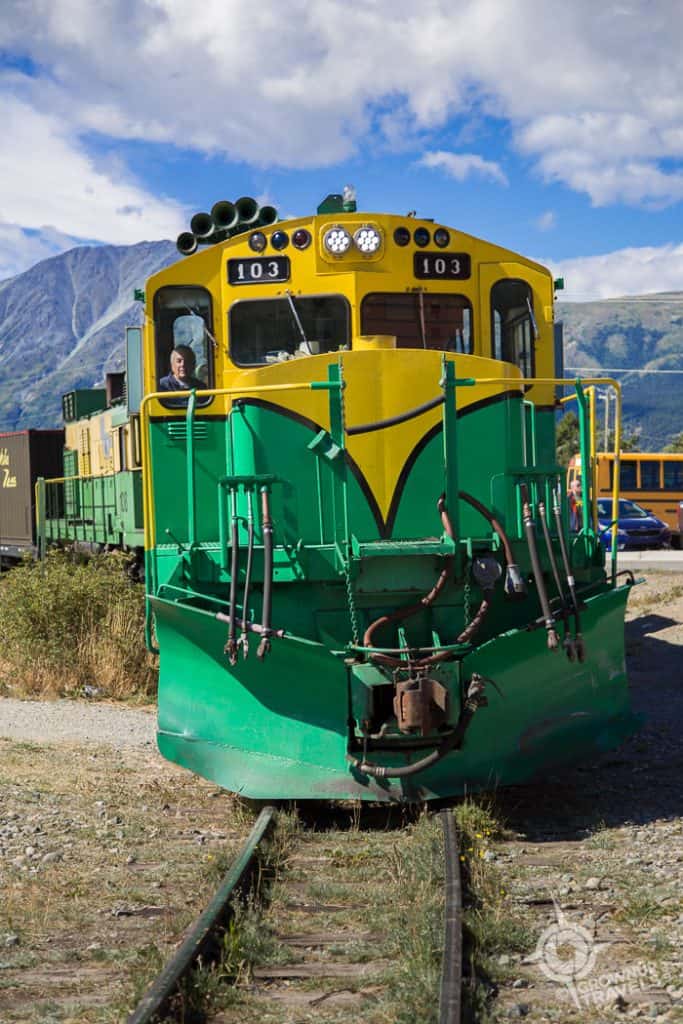
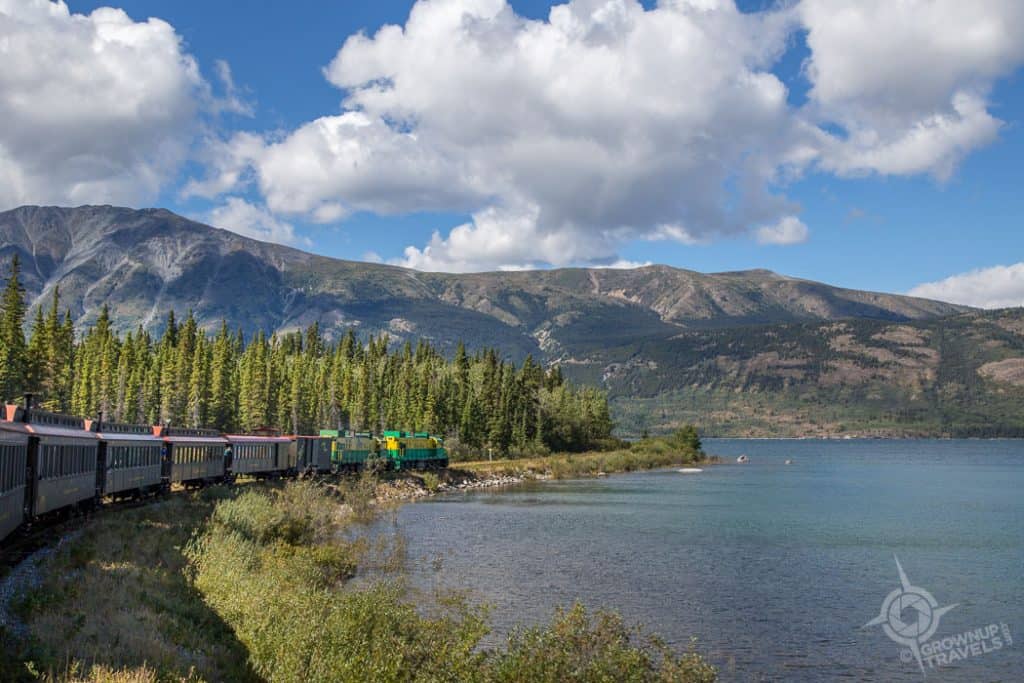
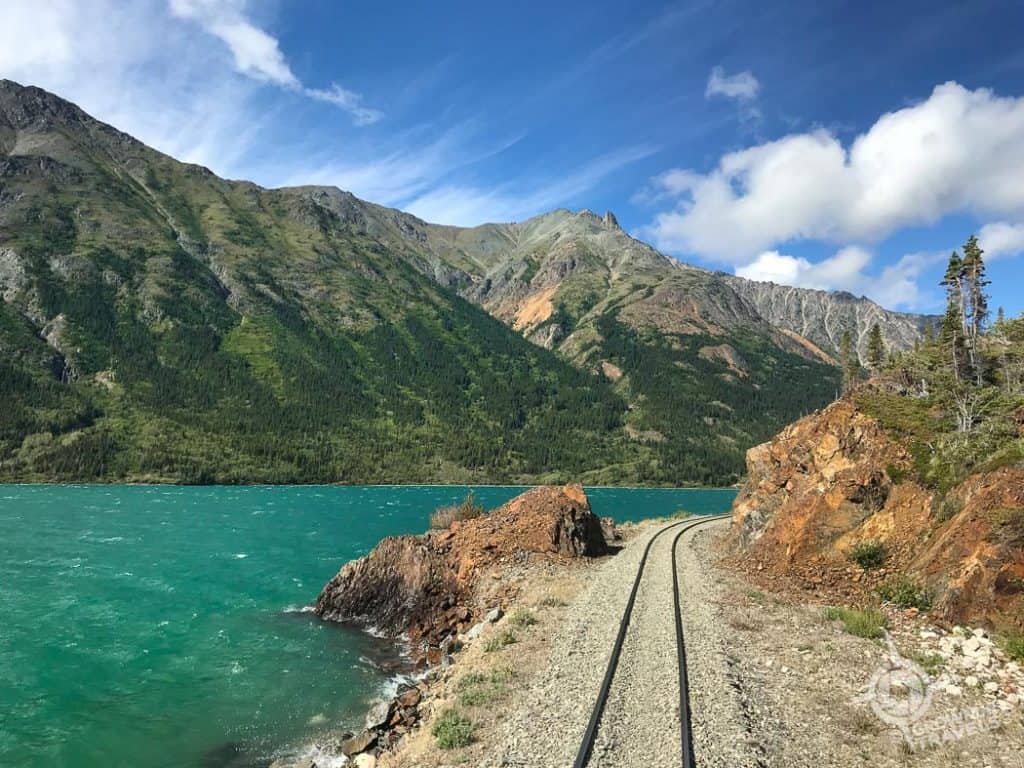
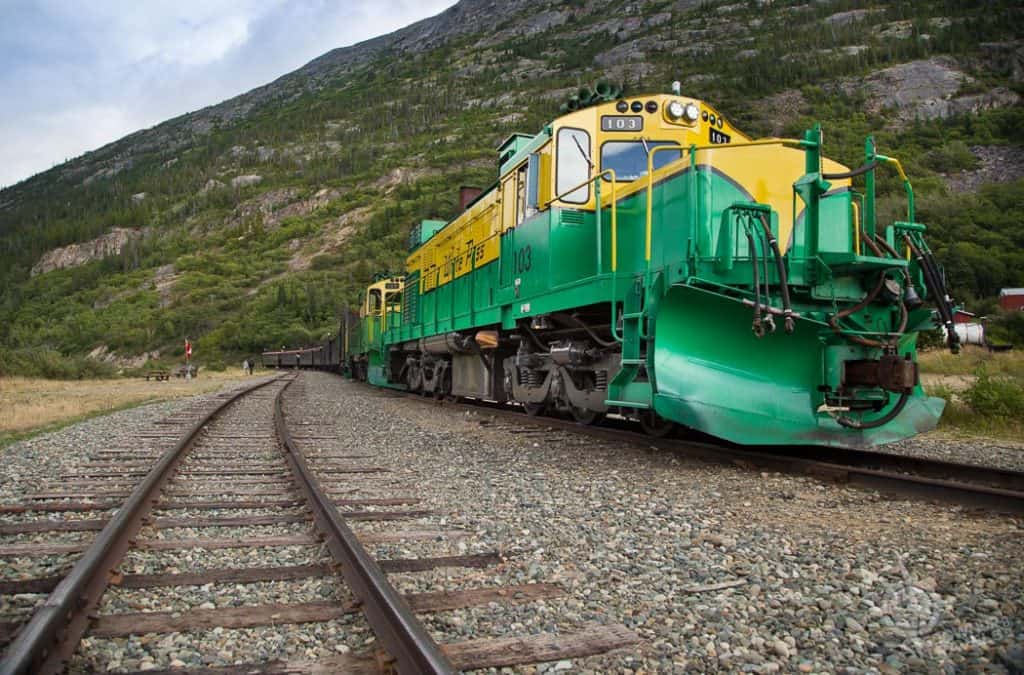
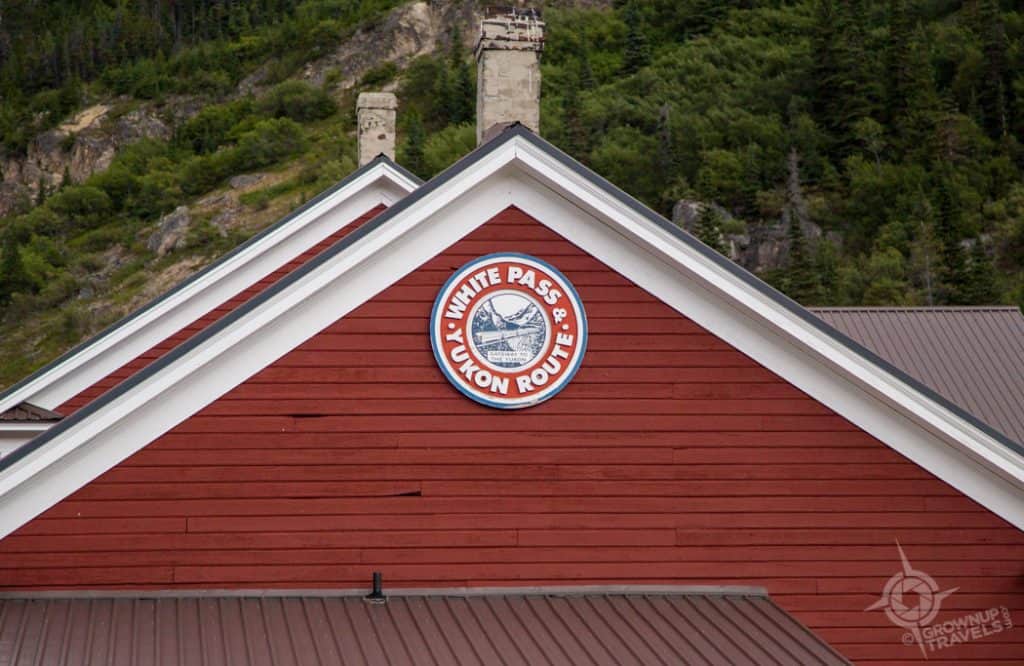
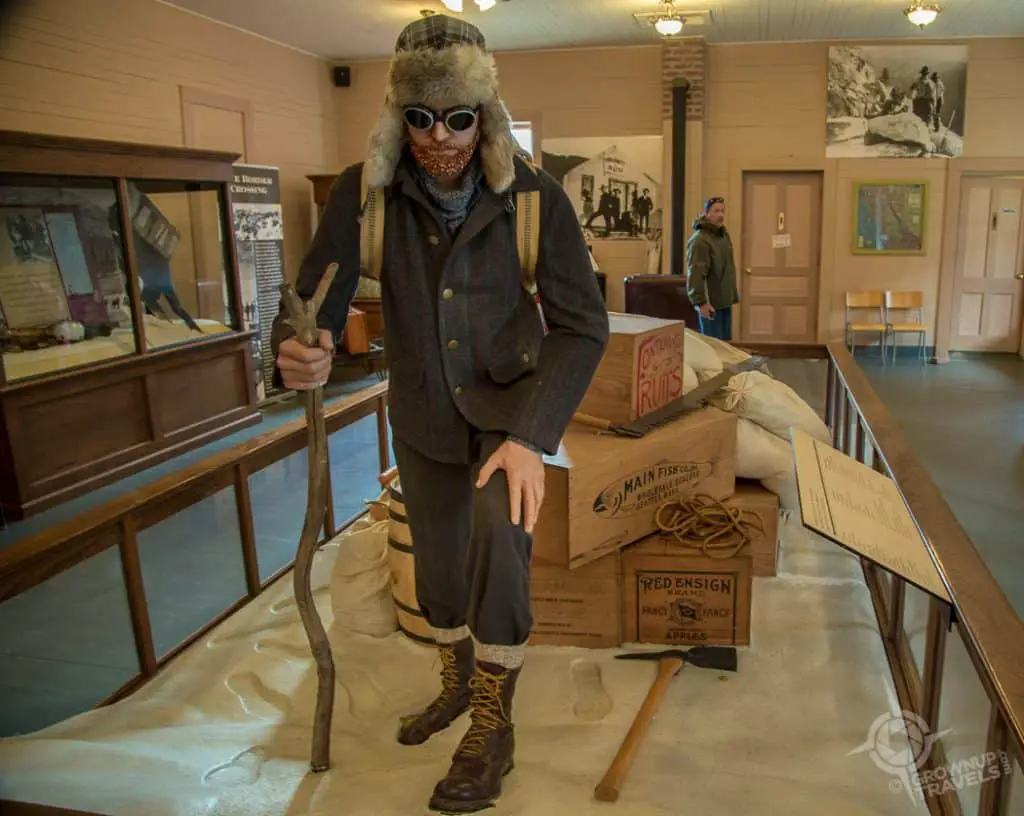

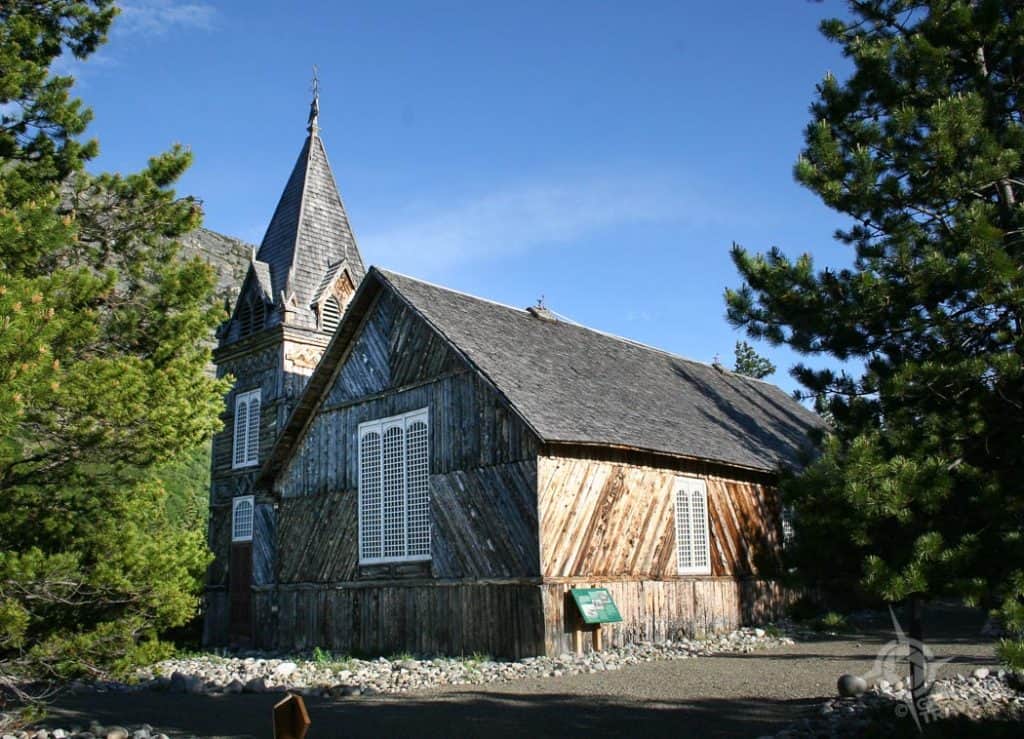
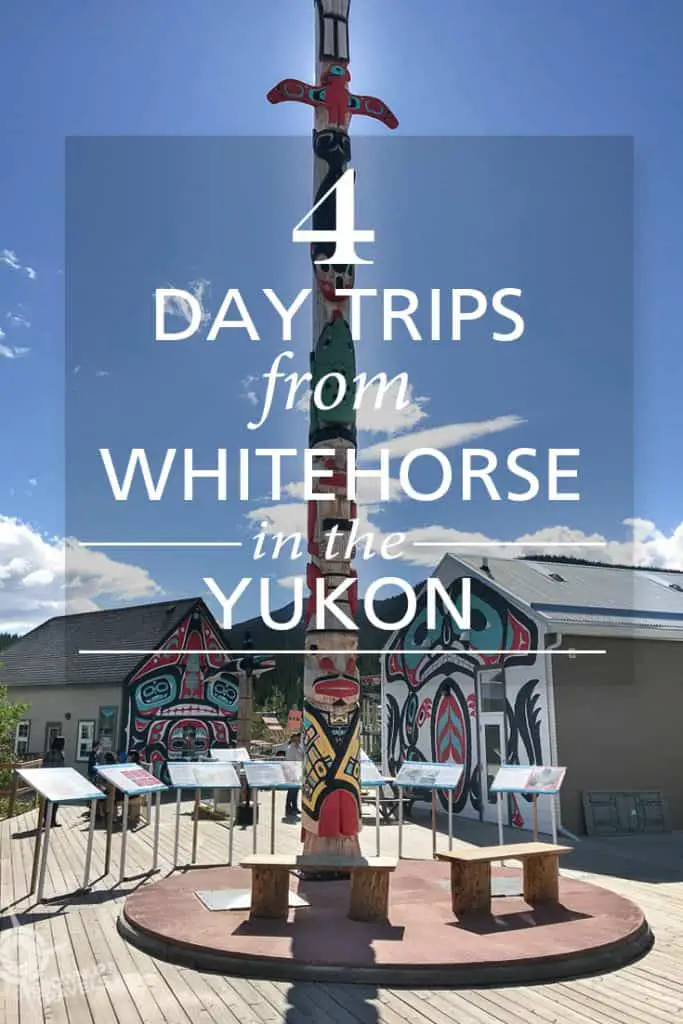


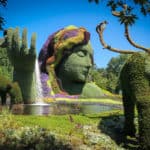

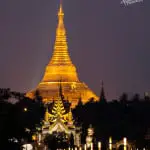






Subscribe and you'll never miss an update!
Join our mailing list to receive the latest news and updates from Grownup Travels. (We keep your email STRICTLY private)
Thank you for subscribing to Grownup Travels!